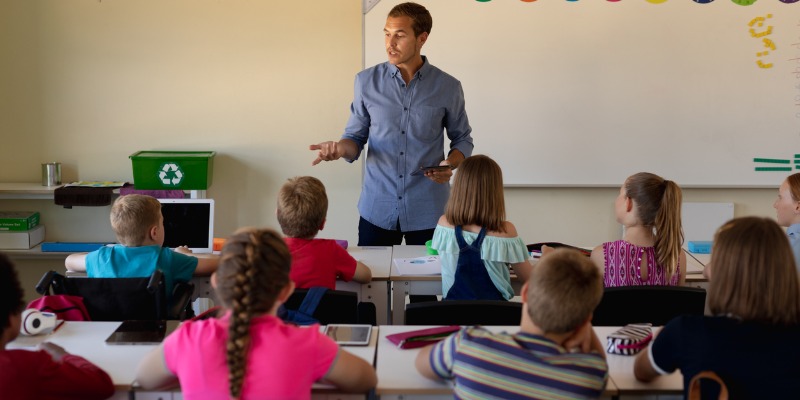Spending on public schools increases across Canada while student results decline

This schoolyear, classrooms across Canada will look different than in years past as COVID protocols continue. But a new study shows one thing has remained constant—parents are spending more on public schools, but students are getting less in educational results.
Contrary to the popular narrative that school spending has been cut, between 2014/15 and 2018/19 (the most recent five-year period of available data), spending on public schools increased across Canada.
Specifically, in 2014/15, $64.5 billion was spent on public schools in Canada. By 2018/19, that number had risen to $73.3 billion—a 13.7 per cent increase. Over that same time period, enrolment across Canada only grew by 3.2 per cent.
Over this same five-year period, on a per-student basis, spending increased from $12,763 (national average) to $14,070—a jump of 10.2 per cent or $1,307 per student. Even after adjusting for inflation, per-student spending still increased by 2.6 per cent.
Of course, quality education for Canadian students is critical. But what are parents getting for their increased investment?
According to PISA results—an international assessment measuring the academic performance of 15-year-olds—between 2003 and 2018, the latest year of available data, Canada’s average scores in math, science and reading declined. PISA math scores declined in every province (although Quebec’s scores were relatively flat).
Similarly, Canadian results on the Trends in International Mathematics and Science Study (TIMSS) assessments (which only analyze Ontario, Alberta and Quebec), mirrored the PISA results, showing Quebec exceeding Ontario and Alberta between 2007 and 2015, with only Quebec improving while Alberta and Ontario’s scores declined or remained relatively flat.
Finally, results from Canada’s Pan-Canadian (PCAP) Assessment, our only national achievement measure, showing increasing math scores in all provinces except Ontario and Saskatchewan (from 2010 to 2016). However, PCAP measures the achievement of Canadian curriculum expectations, rather than overall mathematical proficiency, which is the focus of the widely recognized international assessments.
Which takes us back to education spending. Let’s breakdown recent trends by province. After adjusting for enrolment and inflation, Nova Scotia saw the largest increase in real per-student spending (9.2 per cent), followed by Quebec (7.3 per cent) and Prince Edward Island (5.1 per cent).
Meanwhile, three provinces saw spending decreases after adjusting for enrolment and inflation—Saskatchewan (-10.8 per cent), Newfoundland and Labrador (-9.9 per cent) and Alberta (-4.3 per cent).
Some may argue that of course education spending is increasing because new schools must be built. But even after removing capital spending, spending on public schools still increased in Canada by an average of 1.7 per cent.
Why? Because the bulk of spending increases on public schools is on compensation. Nationally, compensation—including teacher salaries, benefits, pensions and other costs—accounts for 70.4 per cent of the total increase in education spending.
Take teacher pension plans, for example. On average nationally between 2014/15 and 2018/19, spending on teacher pension plans grew by 7.5 per cent in nominal dollars. And some provinces far exceeded the national average.
Spending more on public schools for better educational results to brighten the future of our children is one thing. But spending more and getting less is a proposition that should be unacceptable to everyone.
Author:
Subscribe to the Fraser Institute
Get the latest news from the Fraser Institute on the latest research studies, news and events.

